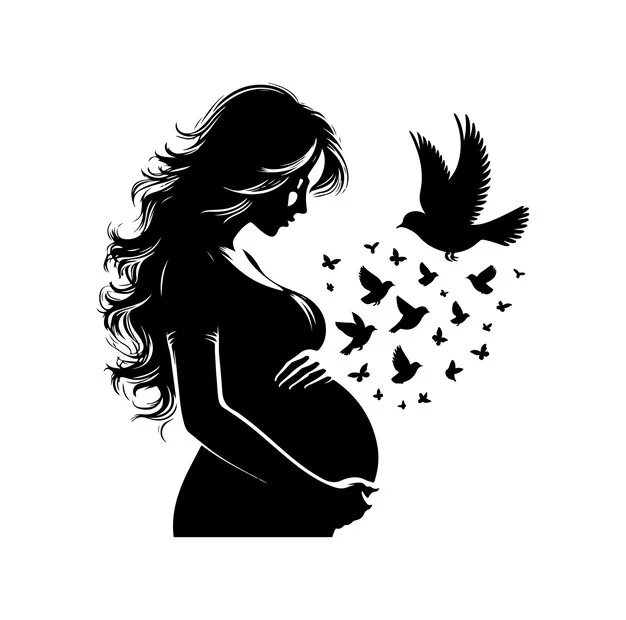When I first anticipated starting a family, my expectations were quite different from reality. Eight years ago, as I began dating Matt, a divorced father with three young children, my life in New York City had left me questioning whether I would ever find my future partner. On the one-month anniversary of our first date, I posed a pivotal question: “Do you want more kids?” I braced for what I thought could end our romance. To my relief, Matt replied, “I’d be open to having one or two.” Hearing “two” filled me with hope that he could be the one for me.
Just six weeks after our wedding, I found out I was pregnant with Max, at the age of 36. I believed there was ample time to have another child before reaching the age of 40. However, we decided to postpone the discussion until Max turned one. I focused on our lovely baby boy and shelved the conversation for a year.
When Max hit his first birthday, I cautiously broached the topic of a second child. Matt became visibly tense, avoiding eye contact. I recognized the emotional and financial strain of supporting two families, and I hesitated to push the matter, fearing it might create distance between us as my age continued to advance. “I just want Max to have siblings,” I reasoned. “He already has siblings,” was Matt’s gentle reminder.
It’s important to note that Matt’s children are wonderful. At ages 12, 14, and 15, they adore Max and include him in ways I don’t recall when I was younger with my own sister. Max is blissfully unaware of the term “half-sibling.” If you ask him, he would proudly say he has two “brothers” and a sister who affectionately write him letters from summer camp and indulge his requests for “Too Many Monkeys.”
However, we only see them every other weekend, and I yearned for Max to experience the daily companionship I had with my sister—playing bikes before dinner, whispering secrets at night, or rolling our eyes at mom’s embarrassing moments.
As my friends’ families began to grow, I felt a pang of jealousy when they announced their pregnancies. I would smile and exclaim, “That’s fantastic news!” while grappling with feelings of inadequacy. Moving to a community filled with families with multiple children only amplified my feelings. At a preschool event, I met a petite woman, her black attire contrasting with her round belly, and she asked if Max had siblings. I felt compelled to justify our family dynamic, “He has three half-siblings, which can make for a busy household.” “This is my ninth,” she replied, deflating my self-satisfaction.
With each passing year, I grew increasingly anxious about my dwindling fertility. Just a few weeks before my 40th birthday, I joyfully discovered I was pregnant again, feeling a sense of equality with other mothers of two. However, seven weeks into the pregnancy, I faced an unexpected and heartbreaking loss which dashed those plans.
This experience prompted me to accept that a second child was unlikely. I convinced myself that managing one child was simpler—watching Max at the pool, preparing a single nut-free lunch, or sending him off to a private school we loved was manageable. I wouldn’t have minded adding a couple of bedtime stories, but not nine.
To enrich Max’s life, I organize numerous playdates, plan family vacations, and ensure he spends ample time with his cousins, “brothers,” and sister. I’ve come to understand that family is not defined by numbers. The true measure of family is found in the love and connections we create.
For further insights on parenting and family planning, consider exploring resources on infertility and home insemination, like those available at Womens Health, or check out Make a Mom for expert advice on your fertility journey. Also, be sure to review our terms and conditions for more information.
Summary
This article reflects on the unexpected paths of parenthood, discussing the author’s experience as a mother of one and the challenges of navigating family dynamics with a blended family. It emphasizes the importance of love over numbers and offers resources for those facing similar journeys.

